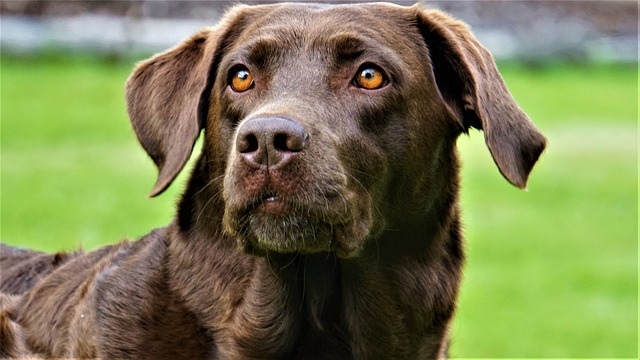Introduction: Abscesses are painful pockets of pus that form when an infection occurs within a wound. While abscesses can occur anywhere in a dog’s body, they often appear near the skin’s surface, anal glands, or even around teeth. Recognizing the signs, seeking prompt veterinary care, and understanding how to prevent abscesses are crucial for your dog’s well-being. In this comprehensive guide, we will delve into the causes, symptoms, treatment, and prevention of abscesses in dogs.
What Is an Abscess? An abscess is a localized collection of pus that forms as the body’s response to an infection. This thick, painful pocket of infection develops when the body walls off the infected area. Abscesses can result from various causes, including bites, splinters, or even insect stings, and they can occur both externally and internally. It’s essential to address abscesses promptly to prevent further complications.
Symptoms of Abscesses in Dogs: The symptoms of an abscess can vary depending on its location, but common signs include a lump under the skin, redness, swelling, and the release of pus with a foul odor. Dogs may also exhibit behavioral changes, such as licking, biting at the affected area, lethargy, scooting, and reluctance to eat. The specific symptoms depend on the abscess’s location and severity.
Causes of Abscesses in Dogs: Abscesses primarily result from bacterial infections following wounds or injuries. Bacteria, such as Staphylococcus, Pseudomonas, and Escherichia coli, can penetrate the skin and become trapped beneath it, leading to abscess formation. Common causes of abscesses include:
- Bite Wounds: Bites from other animals, especially during fights or encounters with cats, are a frequent source of abscesses.
- Penetrating Wounds: Any injury that breaks the skin, like stepping on a thorn or insect bites, can introduce bacteria and trigger an abscess.
- Dental Issues: Chewing on hard objects like bones or sticks can lead to tooth damage, resulting in abscesses around the mouth.
- Anal Glands: Anal gland abscesses are common and cause redness, swelling, and discomfort around the rectal area.
Diagnosis and Treatment of Abscesses: Diagnosing an abscess usually involves a physical examination and may include fluid sampling or swabbing to identify the type of bacteria present. The treatment typically involves:
- Drainage: To alleviate pain, the veterinarian will sedate or anesthetize your dog before lancing the abscess, draining the pus, and flushing the area with a saline solution.
- Antibiotics: Oral antibiotics are prescribed to combat the infection and prevent recurrence.
- Elizabethan Collar (E-Collar): If the wound is within reach of your dog’s mouth, an E-collar may be used to prevent them from bothering the healing area.
Prognosis: With proper treatment, the prognosis for dogs with abscesses is generally positive. Once fully drained and treated with antibiotics, the wound should heal without complications. However, untreated abscesses can lead to severe infections and should never be ignored.
Preventing Abscesses in Dogs: Preventing abscesses involves reducing the risk of injuries and infections. Consider these preventive measures:
- Neutering/Spaying: Reduce aggressive behavior that can lead to bite wounds by spaying or neutering your dog.
- Supervised Chewing: Monitor your dog’s chew toys and bones to prevent injuries from splinters or hard objects.
- Dental Hygiene: Maintain good dental care to prevent tooth-related abscesses.
- Anal Gland Care: Regularly express your dog’s anal glands or consult with a veterinarian to prevent anal gland abscesses.
By understanding the causes, symptoms, treatment, and prevention of abscesses in dogs, you can ensure your furry friend remains healthy and comfortable. Prompt veterinary attention and responsible pet care play essential roles in your dog’s overall well-being.



